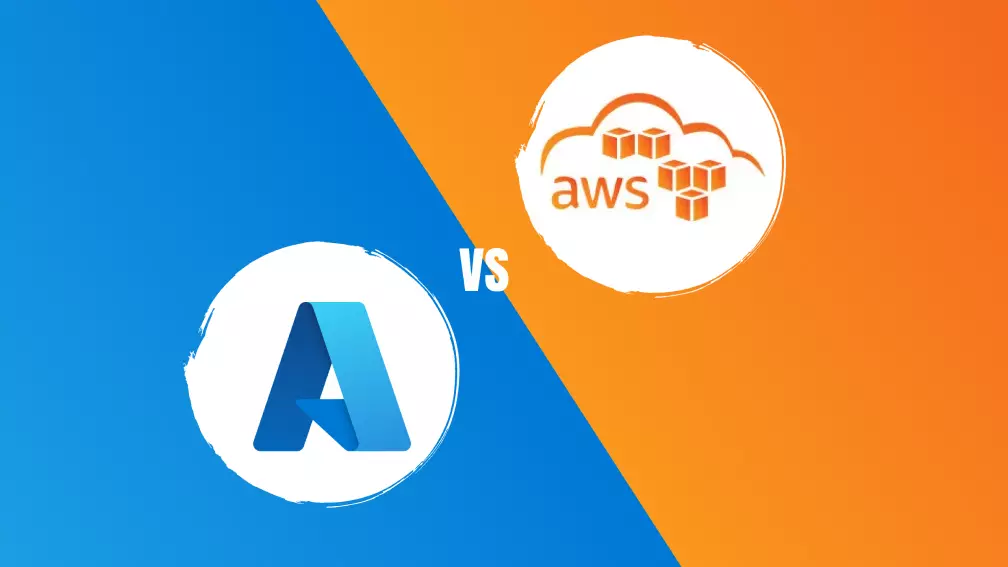Reasons For Being Agile In Software Development
The most important advantages of adopting Agile framework for custom software development

Agile is one of the most popular methodologies in project management because of its adaptivity and progressiveness. With more and more businesses adopting it, it has become a new buzzword in spheres like software development.
In a nutshell, Agile is a project management methodology that encourages iterative and incremental development and assists teams in meeting the requirements of the new workplace. It includes various techniques, all of which are founded on the ideas of adaptability, openness, high standards, and constant progress.
In this article, we are going to talk about the benefits of Agile and why it is used by top companies for project management.
1. Focus on customer
Agile practices constantly involve the client in the process of decision-making, which increases client retention. The flexibility and responsiveness are limited in the traditional model - that’s why the client only participates in the planning stage and has no say in how things are done thereafter. Agile gives value to the client and guarantees that the final version is actually in line with their expectations by keeping them informed and making modifications in response to their input.
2. Simplified maintenance stage
The maintenance duties are referred to as technical debt. Defect resolving, refactoring, and testing are some of these duties. This technical debt could quickly pile up in a traditional waterfall model as the team concentrates on creating new features in order to meet the project timeframe.
Technical debt is reduced to a minimum with the aid of agile software development. Any flaws, feature modifications, or other upkeep activities are put into the product backlog. Throughout each sprint planning meeting, the team evaluates the backlog to decide what to tackle first. As a result, each sprint offers a fresh chance to develop new features while also fixing bugs.
3. Minimized risk
Despite teams' best efforts to anticipate the stages of a waterfall production, there is frequently a level of unpredictability that isn't characteristic of Agile software development. Product testing and deployment are left for the final stage of the project in the conventional method of software development. If the team waits until the end, they cannot know for sure whether the product satisfies the customer's needs until they finish the project.
With Agile, the team's QA processes using Agile allow receiving feedback practically every day and the developers can take action right away. Sprint-based product development enables teams to assess their progress quickly and make necessary adjustments nearly immediately. Additionally, since sprints are client-oriented, the team has the confidence that each release will provide value.
4. More predictable delivery
Predicting risks and creating practical mitigation strategies are made easier with more transparency. Great methods for risk identification, risk prediction, and project planning are available under the Agile framework.
For instance, the Scrum process makes use of sprint backlogs and burndown charts aimed at making the project more visible and enabling managers to forecast performance and develop appropriate plans.
5. Transparent processes
The level of cooperation and involvement required by an Agile development approach is higher than in a conventional waterfall project. In a waterfall project, each phase frequently only comprises a small group of people who are qualified to carry out the activities for that phase. Agile, however, is very different.
The entire team examines, validates, and decides which user stories to include in each sprint. To complete the tasks allocated to the sprint, the product owner, developers, analysts, and testers collaborate. To keep everybody on the same page, the team meets every day. Each member of the team carefully collaborates with the engineers and validates each feature during the sprint to make sure it satisfies the needs of the client. So, all members of the team are more aware of the product in general.
Agile or Waterfall: Anything your project needs
Having listed the benefits you receive from using Agile, we don’t push you into adopting your methodology. Both Agile and Waterfall have substantial advantages for your project and the main thing about choosing a methodology is its suitability for your particular project.
Looking for an Agile software development partner?
Using Agile methodology will help you avoid many bottlenecks in the software development process. It minimizes risks, ensures r more predictably, keeps the client involved, and simplifies product maintenance. If you are interested in building a product using Agile, contact our Agile software development experts at IT Hoot.


